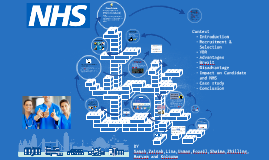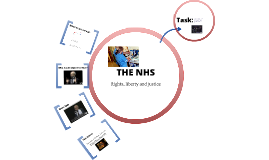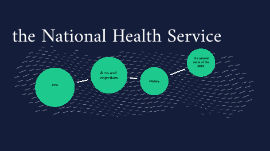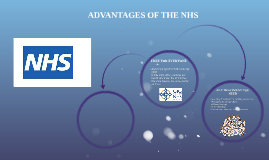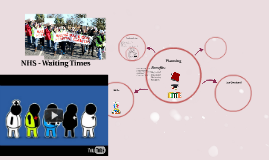NHS
Transcript: In your opinion, what would you say were the most significant moments in the history of the Italian Health Service? the NHS includes: National Health Service (England) Health and Social Care in Northern Ireland NHS Scotland NHS Wales key roles of CCGs General practitioners (GPs) work in primary care and are part of a clinical commissioning group (CCG) which have responsibility for purchasing healthcare from secondary healthcare providers, such as acute/hospital and community/mental health trusts and the independent and voluntary sector. Changes to the healthcare system in England means that the NHS will need more GPs in the future and the number of training places is increasing. It is anticipated that up to 50% of all specialty training places in the future will be in general practice. Isle of Man & Channel Islands have their own, independent Health Services. 1998 National Health Service after 2010 CCGs work with closely with NHS England, who has three roles in relation to CCGs. 1. Assurance: NHS England has a responsibility to assure themselves that CCGs are fit for purpose, and are improving health outcomes. 2. NHS England must help support the development of CCGs. 3. NHS England are also direct commissioners, responsible for highly specialised services and primary care. As co-commissioners, CCGs work with NHS England’s Local Area Teams to ensure joined-up care. 1948 General practice July 5 1948 – The NHS is born When health secretary Aneurin Bevan opens Park Hospital in Manchester it is the climax of a hugely ambitious plan to bring good healthcare to all. For the first time, hospitals, doctors, nurses, pharmacists, opticians and dentists are brought together under one umbrella organisation to provide services that are free for all at the point of delivery. The central principles are clear: the health service will be available to all and financed entirely from taxation, which means that people pay into it according to their means. they have a legal duty to support quality improvement in general practice. This second role has received less attention to date, but is vitally important if CCGs are to achieve their wider objectives and deliver more integrated forms of care. CCGs have two important, but distinct, roles: 1. they are responsible for commissioning secondary and community care services for their local populations. From what you have learnt so far, in your opinion, what are the main differences between the British and Italian National health services? what is different in terms of administration finance erogation of services All services are often referred to as "the NHS", although only the English NHS is officially called the "National Health Service" 1986 – first AIDS health campaign. After a number of high-profile deaths, the AIDS advertising campaign sets out to shock, using images of tombstones and icebergs. It was followed early in 1987 by a household leaflet carrying the slogan "Don't die of ignorance". This campaign was in line with the original NHS intention to improve health and prevent disease, as well as offer treatment. Watch the original TV ad 'The Aids Monolith' on the National Archives website. Read more information about AIDS and HIV. pubblicità progresso Italia fine anni 80 1987 – heart, lung and liver transplant Professor Sir Roy Calne and Professor John Wallwork carry out the world's first liver, heart and lung transplant at Papworth Hospital in Cambridge. Professor Calne describes the patient as "plucky" and she survives for a further 10 years after the procedure. Her healthy heart is donated to another transplant patient. http://www.salute.gov.it/portale/salute/p1_3.jsp?tema=Tu_e_il_Servizio_Sanitario_Nazionale 1960s The NHS is undergoing major changes in its core structure. The new health and care system became fully operational on April 1 2013. It delivers the ambitions set out in the Health and Social Care Act. Public Health England, the NHS Trust Development Authority Health Education England took on their full range of responsibilities at the same time. NHS England is an independent body, separated from the government. Its main aim is to improve health outcomes for people in England. It will do this by creating the culture and conditions for health and care services and staff to deliver the highest standard of care and ensure valuable public resources are used effectively to get the best outcomes for individuals, communities, and society now and for future generations. Locally, clinical commissioning groups, made up of doctors, nurses and other health professionals, buy services for patients, while local councils formally took on their new roles in promoting public health. Health and wellbeing boards bring together local organisations to work in partnership and Healthwatch England provides a powerful voice for patients and local communities. 1950s 1990s CCGs history and key facts This service will go on to become one of the largest single e-health services in the world,






